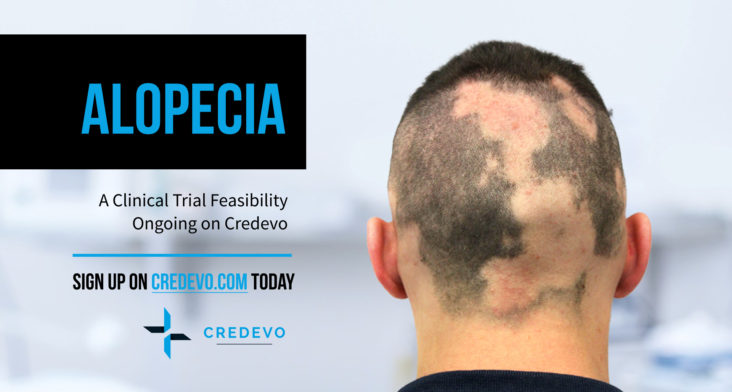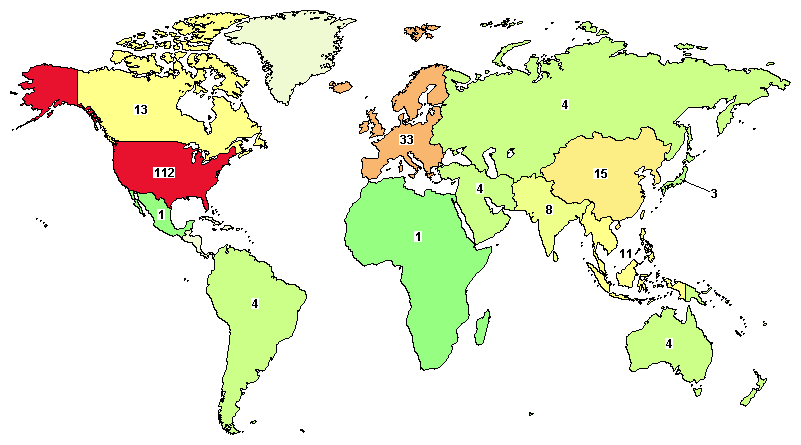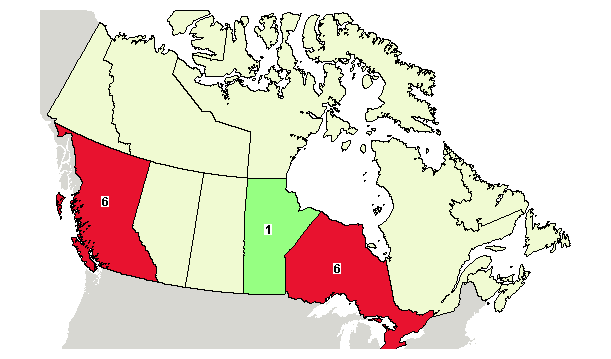Alopecia – A Clinical Trial Feasibility in Canada

Alopecia is a condition in which hairs are lost from some or all areas of the body. In fact, alopecia areata is also known as spot baldness for this reason. Most commonly, patients have bald spots on their scalps about the size of a coin.

There are three (3) well-known types of Alopecia
- Alopecia areata patchy — The most common form, with one or more coin-sized hairless patches on the scalp or other areas of the body
- Alopecia totalis — Total loss of the hair on the scalp
- Alopecia universalis — Complete loss of hair on the scalp, face, and body.
What is Alopecia characterized As?
Alopecia Areata is a common autoimmune skin disease that causes hair loss on the scalp, face, and sometimes on other areas of the body. It is a common, clinically heterogenous, immune-mediated, non-scarring hair loss disorder. It occurs when your immune system mistakenly attacks hair follicles, which is where hair growth begins.
Alopecia areata is known as a “polygenic disease.” This means that, unlike a single-gene disease, both parents must contribute a number of specific genes in order for a child to develop it.
What are Alopecia symptoms?
Some of the common symptoms of Alopecia Areata are as follows
- Small, round (or oval) patches of hair loss on the scalp, beard area of the face, or other areas of the body with hair
- Hair loss and regrowth at the same time in different areas of the body
- Significant hair loss in a very short period of time
- Hair loss that’s mostly on one side of the scalp, instead of both sides
- “Exclamation point” hairs that are narrow at the base/next to the scalp
- “Stippling” or “Pitting” (rows of tiny dents) on the fingernails
What is the prevalence of Alopecia?
Alopecia Areata affects as many as 6.8 million people in the U.S. with 147 million people worldwide. Alopecia Areata tends to occur most often in adults 30 to 60 years of age.6 It has a lifetime risk of 2.1%.
Hospital-based studies from across the world have estimated the incidence of AA to be between 0.57% and 3.8%, as detailed in Table 1.

Table 1: Incidence of alopecia areata globally
Abbreviation: n/a, not applicable.
Image Credit
People of all ages, both sexes, and all ethnic groups can develop Alopecia Areata. It often first appears during childhood and can be different for everyone who has it, and there is no way to predict the pattern of hair loss and regrowth that will be experienced or how severe or long-lasting it will be.
In Canada, the annual years of healthy life lost per 100,000 people from Alopecia Areata has increased by 10.7% since 1990, an average of 0.5% a year.
What are available treatments of Alopecia?
Treatment of alopecia areata is dependent on the age of the patient as well as the extent and duration of scalp involvement. Treatments include steroids, topical immunotherapy, topical minoxidil, anthralin, and immunosuppressants. Each case must be dealt with on a customized individual basis.
It was reported in 2013-14 that there was no FDA (Food and Drug Administration)-approved treatments for alopecia areata (AA). However, the following kinds of therapies are utilized.
Localized Therapy For Alopecia
- Intralesional corticosteroids
- Topical corticosteroids
- Minoxidil
- Anthralin
- Topical immunotherapy
- Phototherapy
Systemic Therapy For Alopecia
- Corticosteroids
- Cyclosporine
- Methotrexate
- Psychosocial support
Clinical Trials in Alopecia?
Alopecia has been a widely studied indication. There are consistent efforts ongoing to find an effective treatment for this disorder. A search on clinicaltrials.gov reveals a total of 207 studies worldwide.

While most of the trials were centered in North America, Canada got a small number of trials in alopecia, as reported in clinicaltrials.gov. Most of these trials were centered in British Columbia and Ontario provinces.

Clinical Trial Feasibility in Alopecia
Clinical trial feasibility in Alopecia was performed on Credevo. This clinical trial was conducted in adult patients with Alopecia. The investigators and sites with capability and expertise in dermatology were explored for this clinical trial.
Contact investigators from this feasibility assessment or Get any other support for conducting such clinical trials
Would you like to contact these investigators and assess feasibility with them for your clinical trial? or Do you need any other support for conducting such clinical trials?
Just provide your requirement details & email below. Don’t worry, your email will not be published or shared.
References
- https://www.naaf.org/alopecia-areata
- https://www.webmd.com/skin-problems-and-treatments/hair-loss/tc/alopecia-areata-topic-overview#1
- https://www.dovepress.com/epidemiology-and-burden-of-alopecia-areata-a-systematic-review-peer-reviewed-fulltext-article-CCID
- http://global-disease-burden.healthgrove.com/l/84768/Alopecia-Areata-in-Canada
- Shapiro J (2013). “Current treatment of alopecia areata.”. J Investig Dermatol Symp Proc (Review). 16 (1): S42–4. PMID 24326551. doi:10.1038/jidsymp.2013.14
One thought on “Alopecia – A Clinical Trial Feasibility in Canada”
Comments are closed.